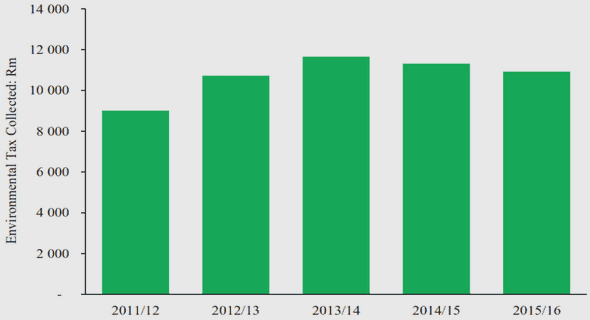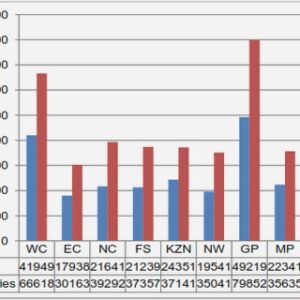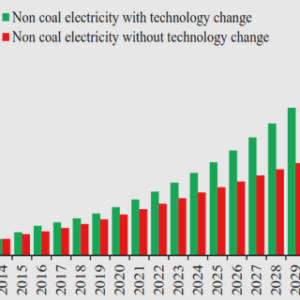(Downloads - 0)
For more info about our services contact : help@bestpfe.com
Table of contents
Chap. 1 Bibliographic Review
1.1 Lignocellulosic Biomass
1.2 Lignin Valorization and Market Products
1.3 Lignin Pyrolysis and Hydrothermal Conversion
1.4 Hydrodeoxygenation of Pyrolysis Bio-oils
1.5 Reaction Mechanisms of HDO Model Molecules
1.5.a Conversion of phenol
1.5.b Conversion of guaiacol
1.6 Catalysts and Supports for HDO Reaction
1.7 Fe@SiO2 Catalyst
1.7.a Silica surface support
1.7.b Adsorption mechanisms of oxygenated molecules on silica surface
1.7.c Performance of Fe@SiO2 for guaiacol HDO conversion
1.8 DFT for Chemical Applications
1.8.a DFT for HDO studies
1.8.b DFT for adsorption and catalysis on silica models..
1.9 Synthesis of Porous Silica Materials
1.9.a Surfactants and metallosurfactants
1.9.b Mesoporous silica materials
1.9.c Sol-Gel process
1.9.d Corporative Self-Assembly (CSA) mechanism
Chap. 2 Theoretical and Experimental Methods
Part. 1 Density Functional Theory
2.1.1 Before Density Functional Theory
2.1.2 Early DFT Approximations
2.1.3 Hohenberg-Kohn Theorem
2.1.3.a First theorem
2.1.3.b Second theorem
2.1.4 Kohn-Sham Equations
2.1.5 Exchange-Correlation Functionals
2.1.5.a Local density approximation (LDA)
2.1.5.b Generalized gradient approximation (GGA)
2.1.5.c Meta-GGA and hybrid functionals
2.1.6 Applying DFT for Periodic Systems
2.1.7 Dispersion Correction Methods
Part. 2 Silica-Supported Catalysts
2.2.1 Synthesis of SBA-15 Silica Material….
2.2.2 Synthesis of Supported Metal Catalysts
2.2.2.a Chemical impregnation
2.2.2.b Co-precipitation
2.2.2.c Deposition-precipitation
2.2.2.d Microemulsions
2.2.2.e Other methods
2.2.3 Synthesis of Single Atom Catalysts (SACs) using Metallosurfactants Templates
2.2.3.a Reminders on SACs
2.2.3.b SACs using metallosurfactant templates
Part. 3 Hydrodeoxygenation Process
2.3.1 Introduction
2.3.2 Characterization Techniques
2.3.2.a Gas chromatography μGC
2.3.2.b Mass spectrometer MS….
2.3.2.c Gas chromatography mass spectrometry GCMS
Chap. 3 Atomistic Description of Phenol, CO and H2O Adsorption over Crystalline and Amorphous Silica Surfaces for Hydrodeoxygenation Applications
Abstract
3.1 Introduction
3.2 Materials and Methods
3.2.1 Models of Silica Surfaces
3.2.1.a β-cristobalite surface
3.2.1.b [001] α-quartz surface
3.2.1.c Amorphous surfaces
3.2.2 Computational Methods
3.3 Results and Discussions
3.3.1 Phenol Adsorption Modes on Silica Surfaces
3.3.1.a Crystalline silica surfaces
3.3.1.b Amorphous silica surfaces
3.3.2 Competitive Adsorption of Inhibiting Molecules
3.4 Conclusions
References
Chap. 4 Synthesis of Metal@silica Catalysts
Part. 1 Conventional Synthesis of Catalysts
4.1.1 SBA-15-like Silica Support
4.1.2 Synthesis of Fe, Cu and Fe-Cu@silica Catalysts by the Impregnation Method
4.1.3 Synthesis of Fe@SiO2 Following the Co-precipitation with Decomposition of Urea (DPU)
Part. 2 via Mixed Micelles
4.2.1 Physico-Chemical Characterization of Mixed Micelles Solutions
4.2.2 Small Angle Neutron Scattering (SANS) Experiments
4.2.3 Magnetic Studies
4.2.4 Conclusions
Part. 3 Imprinting Isolated Single Iron Atoms onto Mesoporous Silica by Templating with Metallosurfactants
Abstract
4.3.1 Introduction
4.3.2 Materials and Methods
4.3.2.1 Chemicals
4.3.2.2 Preparation of Silica Materials
4.3.2.3 Characterization Methods
4.3.2.3.a Nitrogen sorption measurements
4.3.2.3.b X-ray diffraction
4.3.2.3.c Elemental analysis
4.3.2.3.d Spectroscopic measurements (ATR and UV-Vis)
4.3.2.3.e Transmission electron microscopy and elemental cartography
4.3.2.3.f Total scattering X-ray measurements and PDF analysis
4.3.2.3.g Solid-state nuclear magnetic resonance
4.3.2.3.h Magnetic measurements
4.3.2.3.i Density functional theory calculations
4.3.3 Results and Discussions
4.3.3.1 Synthesis of Silica Materials
4.3.3.2 Structural and Textural Characterization of Fe@SiO2(r) Materials
4.3.3.3 Chemical Characterization of Fe@SiO2(r) Materials
4.3.3.4 Characterization of Single Atom Fe@SiO2(r) Materials
4.3.3.5 DFT Calculations
4.3.4 Conclusions
Chap. 5 Hydrodeoxygenation Catalytic Tests
5.1 Introduction
5.1.1 Catalytic Materials
5.1.2 Reaction Conditions
5.1.3 Conversion, Activity, Aromatics Selectivity, Carbon Yield, and Carbon Selectivity
5.1.4 Blank Test (empty reactor)
5.2 Catalytic Performance of Fe@SiO2(10) Single Atom Catalysts (SACs)
5.3 Catalytic Performance of Conventionally Synthetized Catalysts
5.4 X-ray and Mössbauer Measurements of Conventionally Synthetized Catalysts
5.5 Conclusions
Conclusions and Perspectives
Annexes
Annex 1. Dispersion Forces (vdW) Contribution
Annex 2. Structural Properties of Pristine SBA-15-like Material
Annex 3. Thermogravimetric Analysis (TGA)
Annex 4. Magnetic Measurements
4.1 Substraction of the Diamagnetic Signal
4.2 Low Temperature Spin Crossover
References



